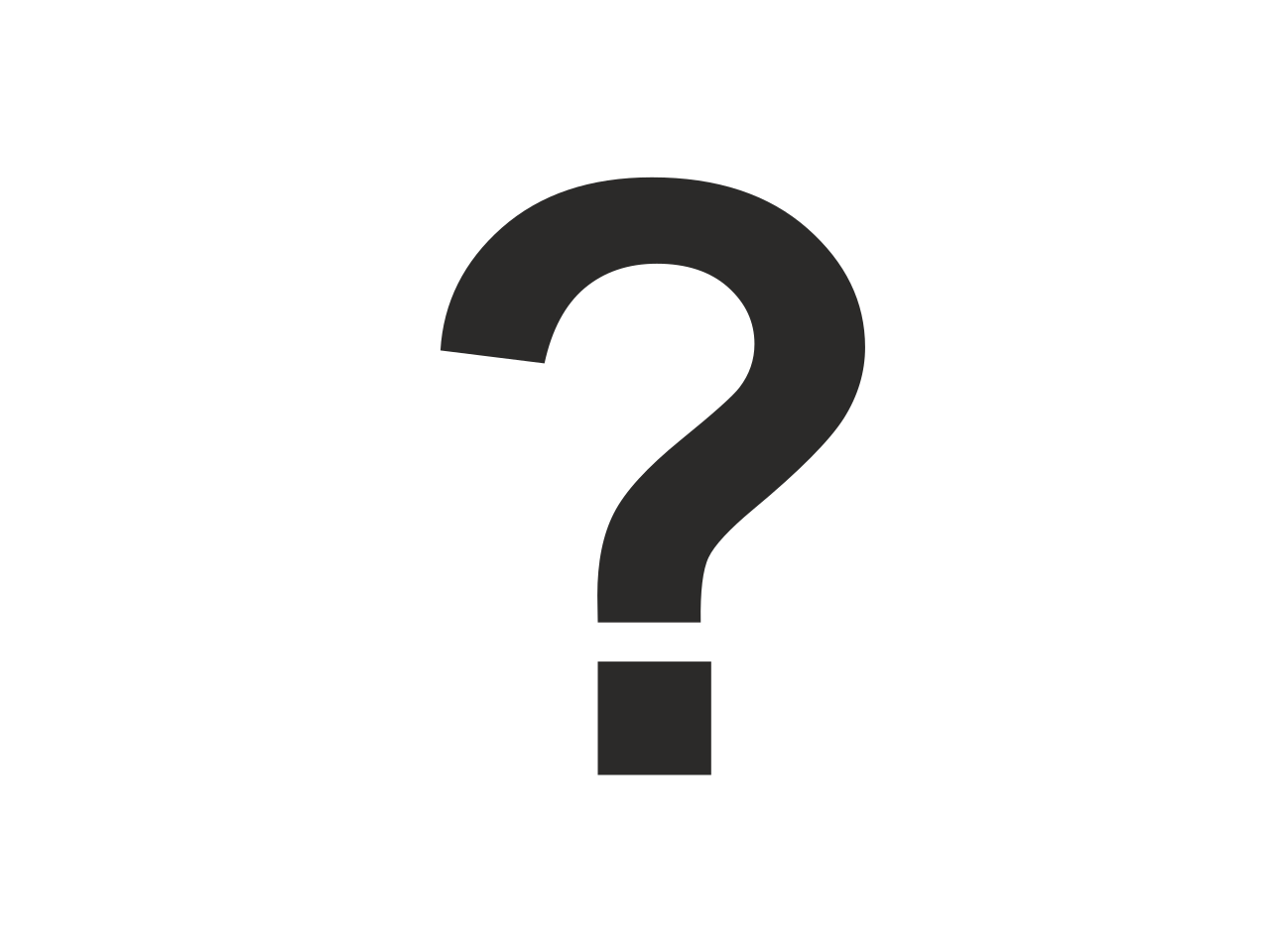
Basic Usage
The question mark, also known as an interrogation point, is a punctuation mark used to indicate a question or interrogative clause or phrase in many languages [1]. Let's break down its usage and nuances.
- What time is it?
The primary function of a question mark is to signal a direct question. It replaces the full stop (period) at the end of a sentence [1].
Indirect Questions
- "Is it good in form? style? meaning?" [1]
It can also be used at the end of a clause or phrase within a sentence [1].
Question Marks with Quotation Marks
- He asked if we knew the time. [3]
A key distinction is between direct and indirect questions. Indirect questions do not take a question mark [3] [4].
The placement of a question mark in relation to quotation marks depends on whether the question applies to the quoted material or the entire sentence [3].
Similar to quotation marks, the placement of a question mark with parentheses depends on where the question originates [3].
Question Marks with Parentheses
- If the question applies to the quotation: "What time is it?" [3]
- If the question applies to the whole sentence: Haven’t you ever heard the expression “It’s a free country”? [3]
Other Uses and Considerations
- If the question applies to the parenthetical information: I saw the chicken (or was it the rooster?) crossing the road. [3]
- If the question applies to the whole sentence: Will the chicken cross the road again tomorrow (April 1)? [3]
The question mark has specific meanings in computing and other fields [1].
Computing and Other Fields
- Uncertainty: A question mark can indicate uncertainty about something, such as a date or a piece of information [1] [4].
- Genghis Khan (1162?–1227) [1]
- Series of Questions: Questions formed by words or phrases in a series can be followed by a question mark, even if they do not form a complete sentence [4].
- Did Juanita hide the candy in the cupboard? In the hall closet? Under the bed? [4]
- Multiple Question Marks: While sometimes used informally to convey excitement or emphasis, multiple question marks are generally discouraged in formal writing [3].
- Other Languages: Some languages, like Spanish, use an inverted question mark at the beginning of a question [1].
In summary, the question mark is a versatile punctuation mark primarily used to indicate a direct question. Its placement and usage depend on the context of the sentence, including the presence of quotation marks, parentheses, and whether the question is direct or indirect.
- Computing: In computing, the question mark is represented by ASCII code 63 (0x3F hexadecimal) and is located at Unicode code-point U+003F ?QUESTION MARK (?). It is also used as a wildcard character in shell and scripting languages [1].
- Linguistics: In linguistics, a question mark in front of a word, phrase, or sentence indicates that the form in question is strongly dispreferred, "questionable" or "strange," but not outright ungrammatical [1].
- Chess: In algebraic chess notation, "?" denotes a bad move [1].
- Medicine: A question mark is used in English medical notes to suggest a possible diagnosis [1].
Authoritative Sources

Answer Provided by iAsk.ai – Ask AI.
Sign up for free to save this answer and access it later
Sign up →